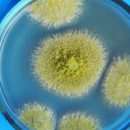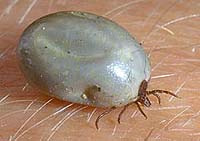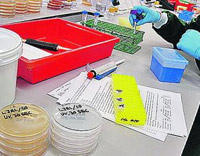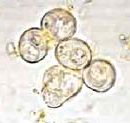During the third pandemic, the plague died more than 12 million. Human. Fortunately, today medicine has the necessary arsenal of funds to heal this disease. But cases of wonderful healing patients with the people of people people were known at the end of the XIX century. On the methods of treating the plague - ancient and modern - read in this article.
Content
Plague - semi-forgotten disease
Plague is an acute natural-focal, prone to endemic distribution, infection, manifested by fever, severe general intoxication and inflammation in lymph nodes, lungs and other bodies.
Due to the possibility of epidemic and pandemic distribution relates to a group of particularly dangerous quarantine infections. There is no illness that left so many tragic memories as the plague. For many centuries, the plague epidemic collapsed on whole countries and continents.
During a plague epidemic, which began in 1656 in Naples, 60,000 people died in Genoa, in Amsterdam - 50,000, in London - about 100,000. The third pandemic of the plague began in 1894 in the Canton and Hong Kong, where she led to death more than 100,000 people. During the third pandemic, which for 10 years has taken the lives of more than 12 million people, large discoveries were made: the pathogen was identified, the importance of rats, rodents and fleas in the dissemination of the disease was established, the natural foci of plague was revealed.
Conducting anticipate events in the twentieth century ensured a significant decrease in the incidence of plague in the world, however, single cases are recorded in natural foci.
Currently, the plague is an exceptionally rare disease. How to treat the plague today?
All patients with plates are subject to mandatory hospitalization and isolation. Treatment must be started as soon as possible. It must be complex.
The main importance in the treatment of plague have antibiotics. They are prescribed in large doses. With the form of plague, when the disease applies throughout the body, 2 antibiotics are prescribed.
Mandatory in comprehensive treatment of the plague is the conduct of disinfecting therapy.
In pronounced intoxication into therapy include gluchicorticoids. Also assign funds to maintain the activities of the cardiovascular system.
Patients necessarily get vitamin therapy. Associate large doses of ascorbic acid), vitamins of group B (B1, B6, B12), K, etc.
With purulent-necrotic melting, there is sometimes cut bubon. For local treatment, various oath bandages are used.
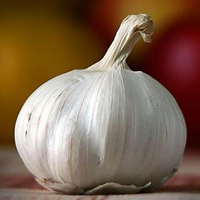 We give the ancient folk remedies used in the treatment of plague. In folk medicine Over 4 thousand years ago, garlic was used to eat under various diseases as a healing agent. He used great fame in ancient Egypt, ancient Rome and ancient Greece. In the Middle Ages, garlic was used as a safety remedy for the plague.
We give the ancient folk remedies used in the treatment of plague. In folk medicine Over 4 thousand years ago, garlic was used to eat under various diseases as a healing agent. He used great fame in ancient Egypt, ancient Rome and ancient Greece. In the Middle Ages, garlic was used as a safety remedy for the plague.
Paracelles considered it a specific means when dealing with the plague. In the ancient Russian hospitals there are guidelines for the safety action of garlic with a chum.
The tincture of garlic is prepared as follows: 40 g of garlic poured 100 g of vodka, insist in a closed vessel, take 10 drops 2-3 times a day 30 minutes before meals.
During the epidemics of the plague in Russia on the streets and squares, there were huge bonfires (this measure was practiced until the middle of the nineteenth century). The main practical event to combat Chuma was considered to be cleansing air through fire.
Plant rosemary, which has a disinfectant property burned to prevent the disease. Juniper also used for this purpose.
During the epidemics of the plague in the Middle Ages, cats and dogs were destroyed, which were considered to be.
Folk healers applied beet tumors, ripe, dried in half. If it is too early to start treatment, then you can save the patient.
The decoction of the roots of Badyan Chinese was also used in antiquity for the treatment of plague. Brewed 4 ch. L. 1 cup boiling water. Accepted 3 st. L. 3 times a day.
In folk medicine with therapeutic purposes, the cabbage was used since ancient times. The juice of fresh cabbage mixed with sugar is treated by the Qatar of the upper respiratory tract, while the expectorant effect is observed, the soreness of the upper respiratory tract decreases. Cabbage juice was used to treat the ulcers of the gastrointestinal tract. Ancient Romans used juice with strong headaches, it increases the body's stability to various diseases, including the plauma. Fresh cabbage leaves are applied to ulcers, they reduce pain. Crumpled cabbage leaves, mixed with raw eggs and applied to ulcers, contribute to their more rapid healing.

